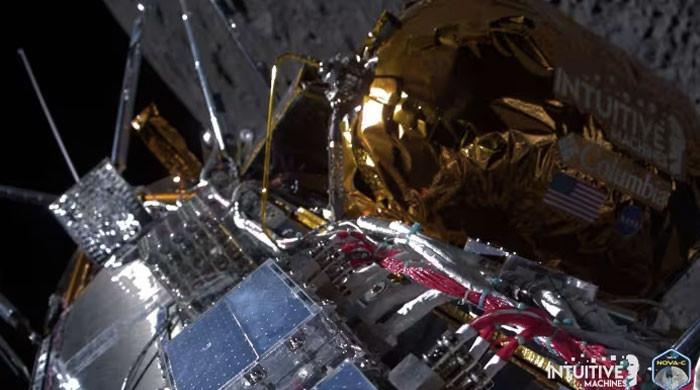“Eternal chemists” do not die, they simply regroup. Only instead of regrouping in hell, as the old Marine saying goes, it's in the oceans, where such compounds have been dumped for decades.
For years, Times environmental reporter and Pulitzer finalist Rosanna Xia has been covering the legacy of the perennial chemical DDT, a pesticide once applied to humans as innocuously as hairspray and hose water. In 2020, it broke the story that barrels of toxic DDT waste, last sent to the ocean floor decades ago by its largest manufacturer, Montrose, were closer to the shores of Southern California than previously thought. His ongoing research work is now the subject of a documentary, “Out of Plain Sight,” which Xia co-directed with Daniel Straub. (Full disclosure: It was produced by LA Times Studios, an affiliated company.)
The film is a quick, urgent-sounding dispatch, focusing on Xia herself as an intrepid researcher scouring the affected coast, visiting scientists, oceanographers, biologists and wildlife experts as she attempts to piece together the effects of half a million barrels of forgotten DDT, banned in 1972 but still having an impact on an already fragile ecosystem and the descendants of those exposed to it. Her inspiration, cited above and glimpsed in archival footage, is Rachel Carson, whose seminal 1962 book, “Silent Spring,” sparked enough public outcry against chemical pesticides to lead to the creation of the Environmental Protection Agency.
Carson's galvanizing alarm was, paradoxically, an absence, seen in the decline of bird populations (hence the “silence” of his title). Meanwhile, Xia's wake-up call begins with robotic images of leaking barrels on the ocean floor. That's the beginning of the sea-to-land food chain that begins with marine life riddled with DDT. Microplastics are today's bête noire, and rightly so, but we still don't know what the causal calamity of the chemical pollution of a bygone era is. It's one thing that a company like Montrose, now defunct, once believed that no one would notice its massive DDT waste dumping operation. It's another, the film maintains, if we decide not to wrestle with the environmental ramifications felt today.
“Out of Plain Sight” strives to have more cinematic life than the standard talking-head-laden documentary. A brief history of DDT, from corporate enthusiasm for its invention to protests, gets an elegant split-screen archival montage treatment, sourced from educational films, newsreels and interviews, but with music from the Zombies' “I Don't Want to Know” as a cheeky touch. And all of Xia's interviews are filmed in the field in a vérité style, a nod to journalism in action, from UC San Diego labs and mammal rescue operations treating cancer-ravaged sea lions to microbiologist David Valentine's attempts to collect samples from those time-bomb-like mud barrels.
While we need films that demystify journalism (and Xia makes a compelling on-camera correspondent), that aspect is less interesting than the propulsive portrait of a dedicated, multifaceted effort to expose, understand and, hopefully, clean up a still-viable threat. “Out of Plain Sight” does not need to be a momentous film to convey a valuable story about a nightmare hidden from us all. It reminds me of another famous saying, as applicable to the longevity of DDT as the Marines, by William Faulkner: “The past is never dead, it's not even the past.”
'Out of sight'
Not classified
Execution time: 1 hour, 34 minutes
Playing: Opens on Friday, November 21 at Laemmle NoHo 7












